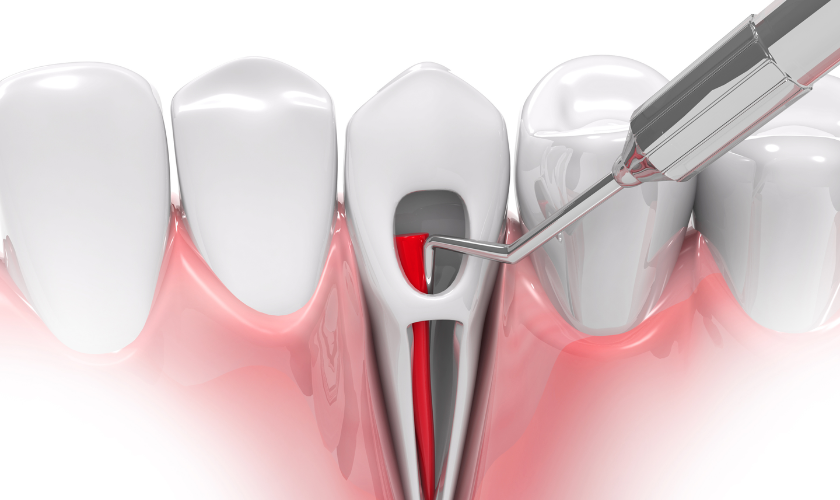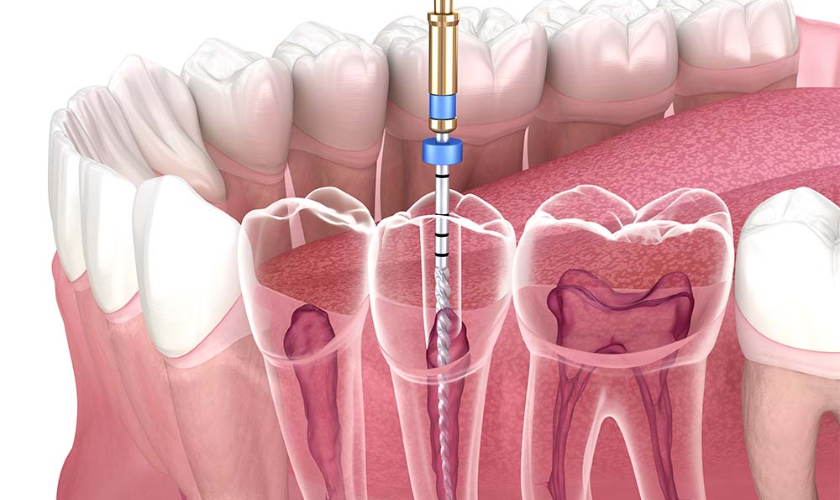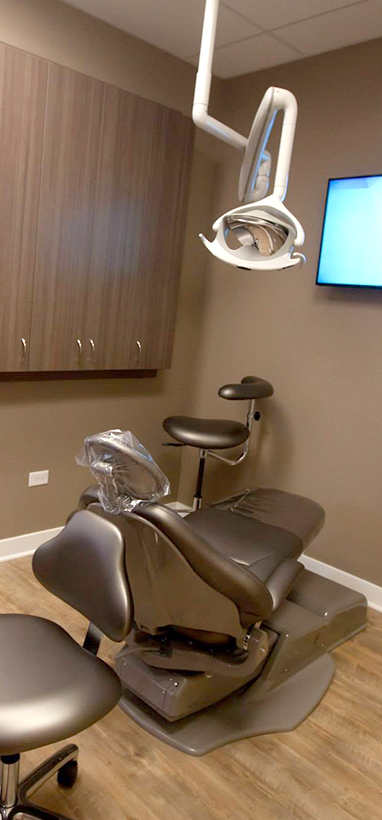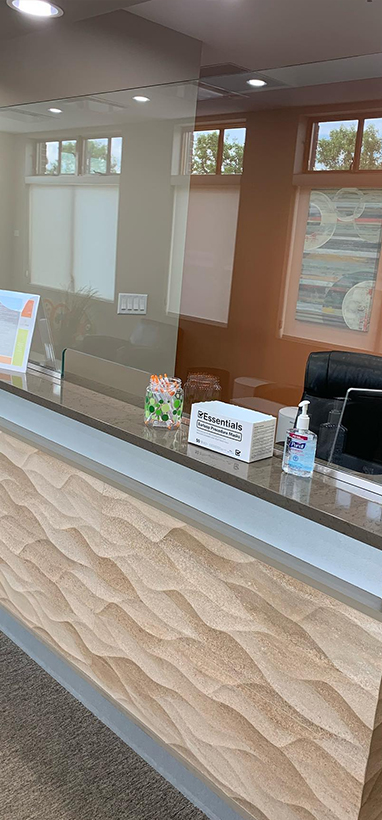1516 Legacy Cir, Naperville, IL 60563
Root Canal Treatment and Oral Health: What You Need to Know
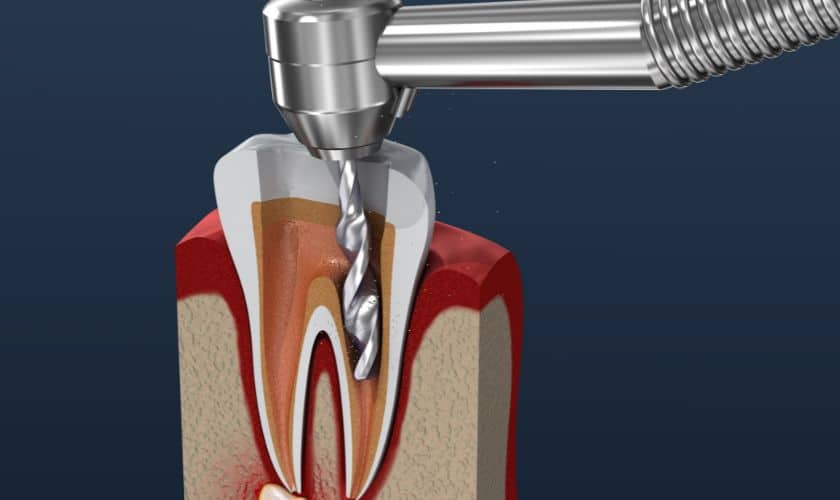
If you’ve ever experienced tooth pain, then you know how unbearable it can be. And when the issue is deep within your tooth’s nerve, a simple filling won’t cut it. Enter root canal treatment: a procedure that can save your natural tooth and eliminate pain caused by infection or inflammation in the dental pulp. But what exactly does this treatment entail? How do you care for your teeth afterward? And most importantly, how does it impact your overall oral health? In this blog post, we’ll explore everything you need to know about root canal treatments so that you can feel confident in making informed decisions about your dental care. So sit back, relax, and let’s dive into the world of root canals!
What is a Root Canal?
Root canal therapy is a dental procedure that involves removing infected or inflamed tissue from the inside of a tooth. This tissue, also known as the pulp, contains nerves and blood vessels that can become damaged due to decay or trauma.
During a root canal treatment in Naperville, IL, your dentist will numb the affected area with local anesthesia before making an opening in the top of your tooth. They will then use specialized tools to remove the infected pulp from within the tooth’s roots.
Once all of the diseased tissue has been removed, your dentist will fill in these empty spaces with a special material and seal it with either a temporary or permanent filling. Depending on how much damage was done to your tooth, you may need additional restorative work such as a crown or other types of restoration.
It’s important to note that while many people dread getting root canals because they think they’re painful, modern techniques and advancements in anesthesia have made this procedure relatively comfortable for most patients. Plus, by saving your natural tooth through root canal treatment versus extraction (removal), you’ll be able to maintain better oral health over time.
Types of Root Canals
There are two types of root canals: simple and complex. A simple root canal treatment involves only one tooth with a single canal, while a complex root canal treatment involves multiple canals in the same tooth.
Simple root canals are typically completed in one visit to the dentist’s office. The dentist will remove any decay or infection from the affected tooth and then clean out the infected pulp from inside the tooth before sealing it off with filling material.
Complex root canals may require more than one appointment to complete. This is because there may be several roots that need to be treated, which makes it more difficult for dentists to reach all of them at once.
It is important to note that not all teeth are eligible for root canal treatment. Teeth with extensive damage or advanced periodontal disease may need to be extracted instead.
In some cases, your Naperville dentist may recommend an apicoectomy instead of a traditional root canal treatment. An apicoectomy involves removing part of the tip of the tooth’s roots and sealing off any remaining infection or decay.
There are different types of root canals depending on each patient’s specific dental needs. It’s best to consult with your dentist about which type would work best for you if you suspect you need this type of oral health procedure.
How is a Root Canal Treatment Done?
A root canal treatment is a common dental procedure that involves removing infected or damaged tissues from inside the tooth. Before starting the treatment, the dentist will numb the area around your tooth using local anesthesia to minimize any discomfort during the procedure.
The first step of a root canal treatment in Naperville is creating an opening in the top of your tooth to access its pulp chamber and root canals. Then, using specialized tools, your dentist will carefully remove all damaged tissue and bacteria from inside these channels.
Once this has been done, they will clean and shape each canal before filling them with a rubber-like material called gutta-percha. This helps to prevent further infection by sealing off any gaps where bacteria could enter.
Your dentist will place a temporary filling over the opening in your tooth until it can be restored with a dental crown or filling at a later appointment.
While many people may feel nervous about getting a root canal treatment due to misconceptions about the pain levels involved – modern techniques make it generally very comfortable for most patients. With proper care following surgery, you’ll be back on track toward maintaining healthy oral hygiene habits!
After the Root Canal Treatment
After undergoing a root canal treatment, it is important to take care of your oral health in order to maintain the success of the procedure. Your dentist will provide you with specific instructions based on your individual situation, but here are some general guidelines to keep in mind.
Firstly, be mindful of what you eat and drink. Avoid hard or crunchy foods that could damage the affected tooth or put unnecessary pressure on it. Additionally, avoid hot or cold beverages for the first few days after the procedure as sensitivity is common.
It’s also important to continue practicing good oral hygiene habits such as brushing twice daily and flossing regularly. This helps prevent any potential infections from developing post-treatment.
In terms of pain management, over-the-counter pain relievers can be used if necessary. However, always consult with your dentist before taking any medication.
Attend all follow-up appointments recommended by your dentist to ensure proper healing and evaluate the success of treatment.
By following these simple steps and keeping up with regular dental check-ups and cleanings, you can ensure long-term oral health after a root canal treatment.
Oral Health Tips for Every Day
Taking care of your oral health is essential to prevent various dental problems, including the need for a root canal treatment. Here are some simple tips that you can follow every day to maintain good oral hygiene.
Firstly, it’s crucial to brush your teeth twice a day with fluoride toothpaste. Make sure to use gentle circular motions and cover all areas of your mouth, including the gums and tongue.
Flossing plays an important role in removing food particles and plaque from between your teeth which a toothbrush cannot reach. So make sure to floss at least once a day.
Limiting sugary and acidic foods and drinks can also help reduce the risk of cavities, which ultimately leads to root canal treatment. Instead, try incorporating more fruits and vegetables into your diet as they contain vital nutrients that support healthy teeth and gums.
Drinking plenty of water helps keep saliva flowing in our mouths as it washes away harmful bacteria or acid levels caused by eating sugar-filled foods or drinks like soda or juice.
Don’t neglect regular dental check-ups. Even if you think there’s no issue with your oral health, seeing a dentist regularly allows them to spot any potential problems early on before they develop into something more serious such as requiring root canal therapy.
Following these daily habits along with proper brushing techniques will help preserve healthy teeth while preventing future issues that may require expensive treatments like Root Canal Therapy!
Conclusion
Root canal treatment is a safe and effective way to save a damaged or infected tooth. It can alleviate pain and prevent the need for extraction while also preserving your overall oral health. Remember that prevention is always better than cure, so be sure to maintain proper oral hygiene practices like brushing twice daily, flossing regularly, and visiting your dentist for regular check-ups.
If you are experiencing any dental pain or discomfort, don’t hesitate to schedule an appointment with your dentist as soon as possible. Early intervention can make all the difference when it comes to saving a damaged tooth.
By following these tips and prioritizing your dental health through regular maintenance and prompt treatment when necessary, you’ll be able to enjoy healthy teeth and gums for years to come!




